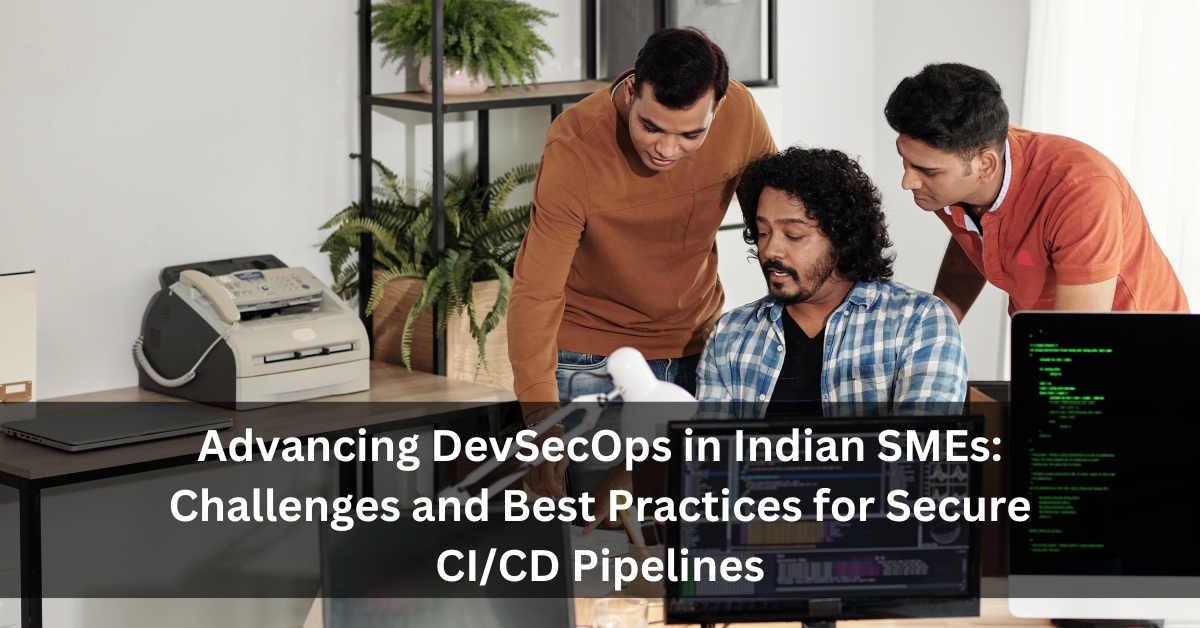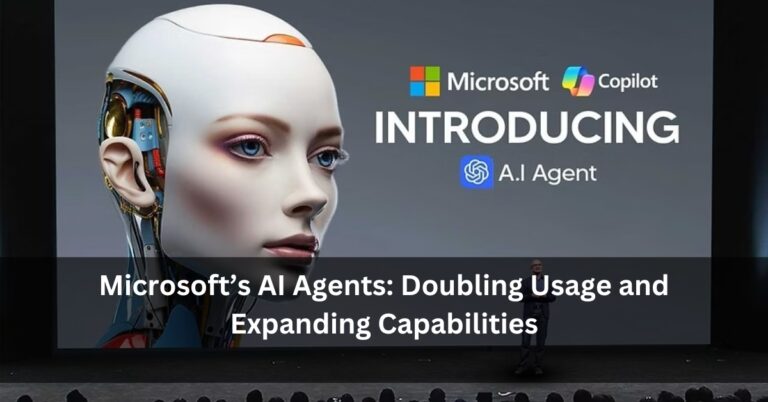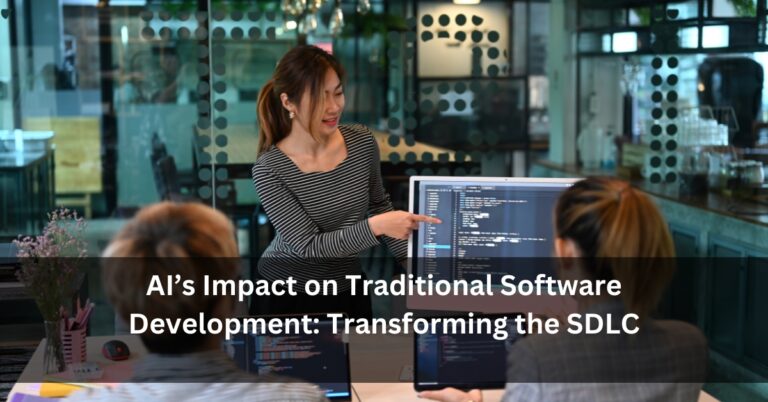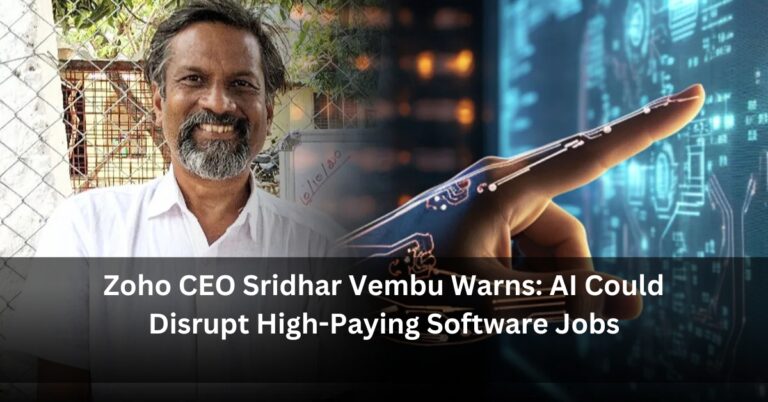Advancing DevSecOps in Indian SMEs: Challenges and Best Practices for Secure CI/CD Pipelines
In today’s fast-moving digital economy, small and medium enterprises (SMEs) in India are adopting modern software development practices to stay ahead. Technologies like Continuous Integration and Continuous Deployment (CI/CD) are now part of everyday software delivery. However, this evolution also brings new responsibilities—particularly around securing these pipelines. That’s where DevSecOps comes into play.
At FutureAI, we believe that integrating security into every stage of software development is no longer optional—it is essential. DevSecOps, short for Development, Security, and Operations, is a framework that helps organisations embed security practices within their CI/CD pipelines, making the entire software development process safer and more reliable.
Let’s explore what DevSecOps means for Indian SMEs, the common hurdles faced, and the best practices that can help build a secure development environment.
What Is DevSecOps?
DevSecOps is not a tool—it is a mindset. It combines development, operations, and security into a single collaborative process. Traditionally, security was added at the end of the development cycle, often leading to delays, higher costs, or vulnerabilities. DevSecOps encourages teams to think about security from the start.
This approach helps detect and fix issues early in the life cycle, saving both time and resources. For SMEs operating in sectors like fintech, e-commerce, or healthtech, where customer data is sensitive, this model provides much-needed protection.
Challenges Faced by Indian SMEs
1. Limited Budget and Resources
Most SMEs do not have large teams or deep pockets to invest in premium security tools. Hiring dedicated cybersecurity professionals can also be financially challenging. This makes it difficult to implement DevSecOps fully.
2. Skill Gaps
Security is a specialised field. Developers may not be trained to handle security issues, while operations teams might not be aware of code-level vulnerabilities. This lack of cross-functional knowledge often creates bottlenecks.
3. Resistance to Change
Shifting from a traditional model to DevSecOps requires a change in mindset. Teams need to work closely together, which may be unfamiliar or uncomfortable at first. Moreover, integrating new tools and workflows can cause temporary slowdowns.
4. Complex Toolchains
The variety of tools required—code analysis, vulnerability scanners, identity management, etc.—can overwhelm small teams. Many SMEs also struggle to select the right mix of tools for their specific needs.
Best Practices for Building Secure CI/CD Pipelines
Despite these challenges, SMEs can implement DevSecOps with a practical and step-by-step approach. Here are some tested best practices that can make a real difference:
1. Start with Awareness and Training
Before adopting any tools, educate your team. Basic training on secure coding practices, common vulnerabilities (like SQL injection or cross-site scripting), and security tools can go a long way. Consider short workshops or online courses to upskill your staff.
2. Automate Security Where Possible
Automation helps reduce human error and increases consistency. Use automated tools to scan code during the development phase. Static Application Security Testing (SAST) and Dynamic Application Security Testing (DAST) tools can automatically identify risks.
3. Shift Left
In DevSecOps, “shifting left” means introducing security checks earlier in the development cycle. Catching issues early is cheaper and easier than fixing them later. Simple checks like password validation or access control can be integrated into unit testing.
4. Use Open-Source Security Tools
There are several reliable open-source tools available for SMEs. Tools like OWASP ZAP (for DAST), SonarQube (for code analysis), and Trivy (for container scanning) can be effective without stretching your budget.
5. Role-Based Access Control (RBAC)
Control who has access to what. Implementing RBAC ensures that only the right people have access to specific parts of your infrastructure. This minimises the risk of internal misuse or accidental changes.
Why Does This Matters for the Indian Market?
In India, where digital adoption is growing rapidly among SMEs, security often takes a backseat. Yet, cyberattacks on smaller firms are increasing. Hackers often target SMEs thinking their defences are weaker.
By following DevSecOps principles, companies can avoid data breaches, build customer trust, and meet regulatory requirements such as those under the Indian Personal Data Protection Bill. At FutureAI, we encourage SMEs to treat security not as an expense, but as an investment in their future.
Final Thoughts
DevSecOps may sound complex at first, especially for smaller businesses with limited experience in cybersecurity. But with a thoughtful approach and consistent learning, any SME can build a secure CI/CD pipeline. Start small, involve your team, and use tools that fit your workflow.
In the long run, integrating security into your development process will save time, money, and reputation. More importantly, it prepares your business for growth in a digital-first world.
To explore how intelligent automation and AI can support DevSecOps and digital transformation, visit FutureAI. We regularly publish insights and solutions tailored for Indian SMEs who want to grow securely and smartly.
To learn more about secure development practices and AI-led software solutions, browse the FutureAI platform. Our expert insights can help you stay ahead in a digital economy.
Looking for guidance on implementing DevSecOps for your business? Reach out to our experts at FutureAI and take the first step towards secure, scalable software development.







